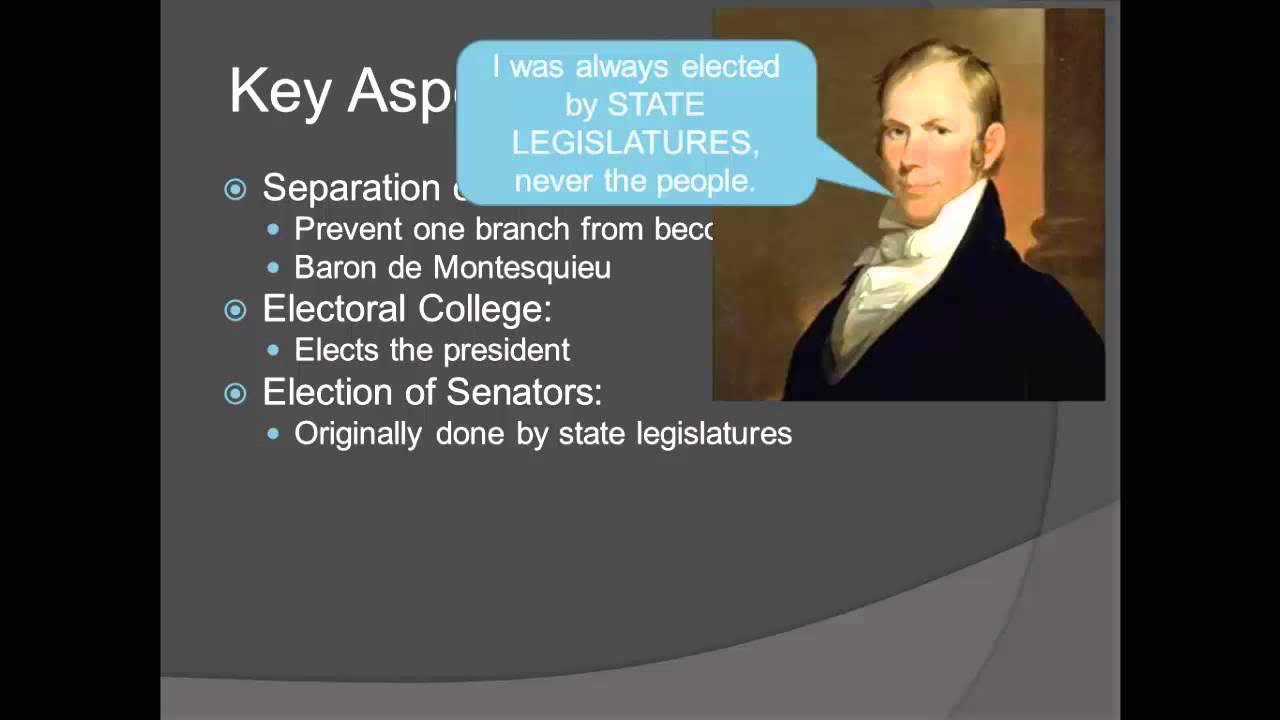Whiskey Rebellion Illustrated - @MrBettsClass
Summary
TLDRThe video explains the Whiskey Rebellion, a significant early test of the U.S. Constitution from 1791 to 1794. It details how Alexander Hamilton's plan to manage national debt through tariffs and a whiskey tax angered small distillers, particularly in Western Pennsylvania. These farmers, who used whiskey as a form of currency, rebelled, calling the tax unfair. Tensions escalated, but President George Washington responded with military force, sending 13,000 federal troops to quell the uprising. The rebellion ultimately demonstrated the strength of the new central government under the Constitution, solidifying its ability to enforce laws.
Takeaways
- 😀 The Whiskey Rebellion (1791-1794) was an early test of the US Constitution.
- 😀 The rebellion was sparked by a tax on whiskey, which farmers in Western Pennsylvania used as currency.
- 😀 The national government, under the US Constitution, inherited massive state debts after the Articles of Confederation were discarded.
- 😀 Alexander Hamilton proposed the 'assumption' plan to consolidate state debts into one national debt, which was controversial.
- 😀 States like Virginia objected to paying other states' debts but were persuaded by promises to place the new capital nearby.
- 😀 The tax on whiskey was one way to address the national debt, alongside tariffs on imported goods.
- 😀 Many small distillers, especially in the Appalachian region, opposed the whiskey tax because it disproportionately affected them.
- 😀 Farmers saw the tax as unfair and felt the Constitution was siding with large distilleries and hurting small businesses.
- 😀 The rebellion escalated when protestors, including some Revolutionary War veterans, began to violently resist tax collectors.
- 😀 President George Washington led a federal militia of 13,000 men to suppress the rebellion, demonstrating the power of the US government under the Constitution.
- 😀 The rebellion ended quickly, with a few men hanged and the federal government asserting its authority to enforce the law.
Q & A
What was the Whiskey Rebellion?
-The Whiskey Rebellion was an uprising that occurred between 1791 and 1794 in response to a federal tax on whiskey. It was an early test of the U.S. Constitution and demonstrated the federal government's ability to enforce laws.
Why was whiskey important to Appalachian farmers in the 18th century?
-Whiskey was a valuable commodity for Appalachian farmers because it was used as a form of currency. Many farmers distilled their excess grain into whiskey to supplement their income, as paper money was in short supply and whiskey was widely accepted in trade.
What role did Alexander Hamilton play in the Whiskey Rebellion?
-Alexander Hamilton, as Secretary of the Treasury, implemented policies to address the national debt, including a whiskey tax. He believed that consolidating state debts into one national debt was crucial, and the whiskey tax was a key revenue source to help pay it off.
Why did small distillers oppose the whiskey tax?
-Small distillers opposed the whiskey tax because they were disproportionately affected by the per-gallon tax, while larger distilleries could afford the flat fee. They viewed the tax as unfair and a violation of the Constitution, which they felt favored larger operations.
What was the significance of the Liberty poles in the Whiskey Rebellion?
-Liberty poles were erected by protesters as symbols of resistance against the whiskey tax. This act was similar to earlier revolutionary actions, invoking the spirit of rebellion against perceived tyranny.
What actions did the rebels take to resist the whiskey tax?
-The rebels resisted by protesting, marching, and even engaging in violent acts such as tarring and feathering tax collectors. They also raised their own flag and shouted for independence, similar to the actions taken during the American Revolution.
How did the federal government respond to the Whiskey Rebellion?
-The federal government, under President George Washington, responded decisively by sending nearly 13,000 men of the federal militia to Western Pennsylvania to suppress the rebellion. Washington personally led the troops, demonstrating the strength and authority of the new Constitution.
What was the outcome of the Whiskey Rebellion?
-The Whiskey Rebellion quickly collapsed when the federal militia arrived. A few rebels were executed, but the event proved the U.S. government's ability to enforce laws and maintain order under the new Constitution.
How did the Whiskey Rebellion highlight the differences between the Articles of Confederation and the U.S. Constitution?
-The Whiskey Rebellion showed the weakness of the Articles of Confederation, which had failed to provide a strong central government capable of enforcing laws. In contrast, the U.S. Constitution allowed for a stronger federal government that could respond to domestic uprisings.
What was the relationship between the Whiskey Rebellion and the broader issue of taxation in early America?
-The Whiskey Rebellion was tied to the broader issue of taxation in early America, as many Americans were opposed to taxes imposed by the federal government. It highlighted the tensions between the government’s need for revenue and the public’s resistance to perceived unfair taxes.
Outlines

This section is available to paid users only. Please upgrade to access this part.
Upgrade NowMindmap

This section is available to paid users only. Please upgrade to access this part.
Upgrade NowKeywords

This section is available to paid users only. Please upgrade to access this part.
Upgrade NowHighlights

This section is available to paid users only. Please upgrade to access this part.
Upgrade NowTranscripts

This section is available to paid users only. Please upgrade to access this part.
Upgrade NowBrowse More Related Video

The Whiskey Rebellion

Where US Politics Came From: Crash Course US History #9

APUSH Review: The Constitution

The Rise of POLITICAL PARTIES & the Age of JEFFERSON [APUSH Review 4.2] Period 4: 1800-1848

Shaping a NEW REPUBLIC [APUSH Review Unit 3 Topic 10 (3.10)] Period 3: 1754-1800

Comparing the Articles of Confederation and Constitution
5.0 / 5 (0 votes)